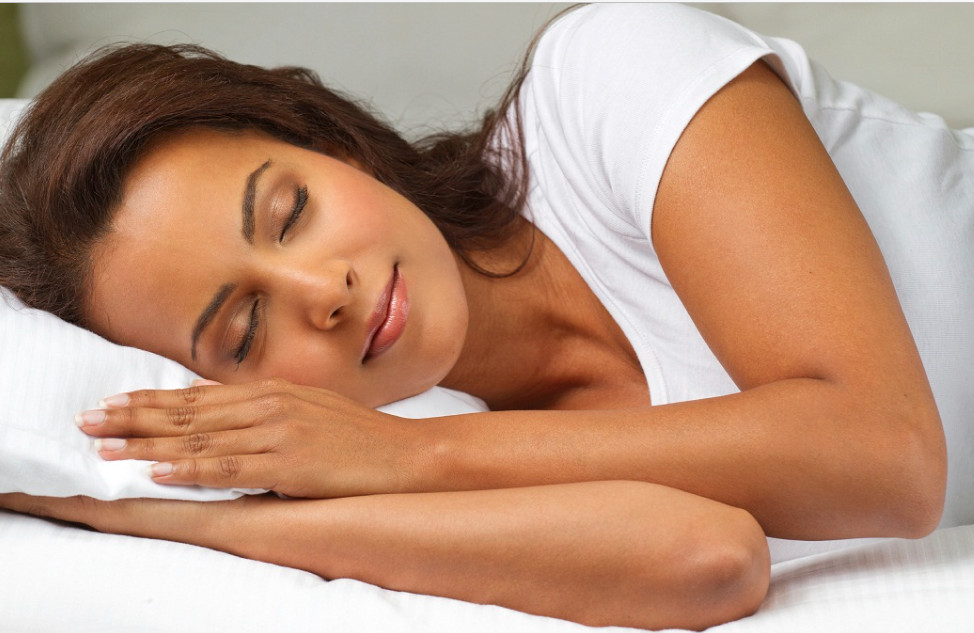

Different sleep apnea conditions require different approaches to sleep. The severity of sleep apnea also makes a difference. In this guide, we will primarily cover methods for obstructive sleep apnea and also cover central sleep apnoea. However, if you have severe sleep apnea conditions, it is better to consult a sleep specialist. These are all just tips and not diagnoses or health advice. So, it is better to consult a sleep doctor:
If you want to keep sleep apnea symptoms at bay, especially obstructive sleep apnea, then the best way is to lose weight. Weight loss and lifestyle changes can help treat sleep apnea and it is often the first step to sleeping with sleep apnea.
Keeping your airway open is an important part of comfortable sleep. So, it starts by clearing your nasal ways and gargling to ensure that your throat is clear, as well.
You can also use nasal drops and other options like oral appliances that can help prevent airway obstructions for a good night's sleep.
There's an old remedy that if you have one side of the nasal passage blocked, you shift to one side to keep it open. This step usually works, but you might have to find out a comfortable side sleeping position for this to work right.
If you use a very thin pillow, try to use a thicker pillow, and vice versa. It is also a good idea to use a pillow when you are using the left side sleeping position or right side sleeping position to avoid neck pain.
If the best sleep position doesn't work for you, you can try to keep your head elevated while you sleep. For this, you will use the support of the pillow, as well.
Sleeping on your back is the best position for you to breathe properly to prevent untreated OSA and other issues.
Stomach sleeping is one of the most common sleep positions. However, it can lead to many issues and put pressure on your airways, chest, and overall respiratory system. It creates upper airway resistance which poses a problem. As a result, you might face temporary sleep apnea.
If you have a habit of sleeping on your stomach, then you can wrap a tennis ball around your stomach. It helps stomach sleepers learn to sleep on their back.
Sleep medicine often leads to some form of sleep apnea. Moreover, going to bed intoxicated (after consuming alcohol) also triggers sleep disorders commonly in sleep apnea form. So, make sure not to repeat these or turn them into a habit.
For mild to moderate obstructive sleep apnea, sleep position does the job of treating it. However, if you undergo a sleep apnea diagnosis and have moderate to severe issues, then the sleep apnea treatment shifts to positive airway pressure CPAP treatment. Forget about your favorite sleeping position. Now it is time to get serious.
First, the best sleeping position for a CPAP machine is the one that allows you to sleep comfortably. If that doesn't work, you can try changing CPAP masks. There are many options available, and for those who frequently change positions, it is better to go with nasal pillow masks. If that doesn't work, you might have to make some forced change of habits.
First and foremost, whether you suspect obstructive sleep apnoea or central sleep apnea, it is pivotal for you to visit the sleep clinic and undergo a sleep study. Unlike obstructive sleep apnea, Central doesn't have a blocked airway. So, you can't use common steps to ensure quality sleep.
Instead, you should try and get medicated and treat the actual medical condition. After all, central sleep apnea is usually because by some other underlying condition and not developed by itself. That is a rare case.
Sleep apnea is a very common sleep disorder that comes with many symptoms. By using the above-given tips, you can try and reduce snoring, daytime sleepiness and other symptoms. However, if the problem persists, it is better to go to the sleep specialist. Untreated sleep apnea can turn into a worse condition.
Leave a comment